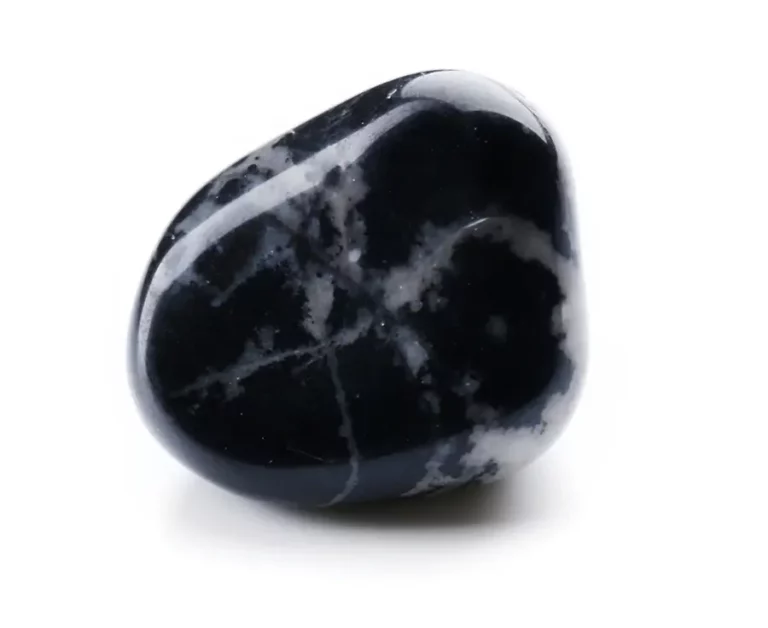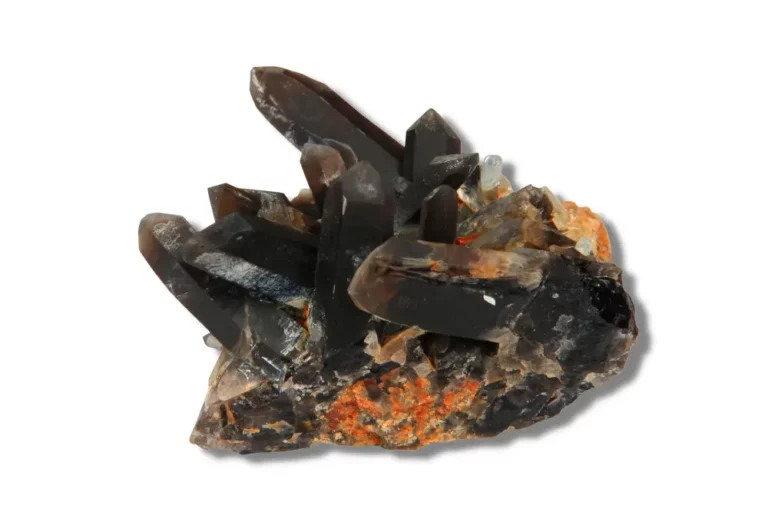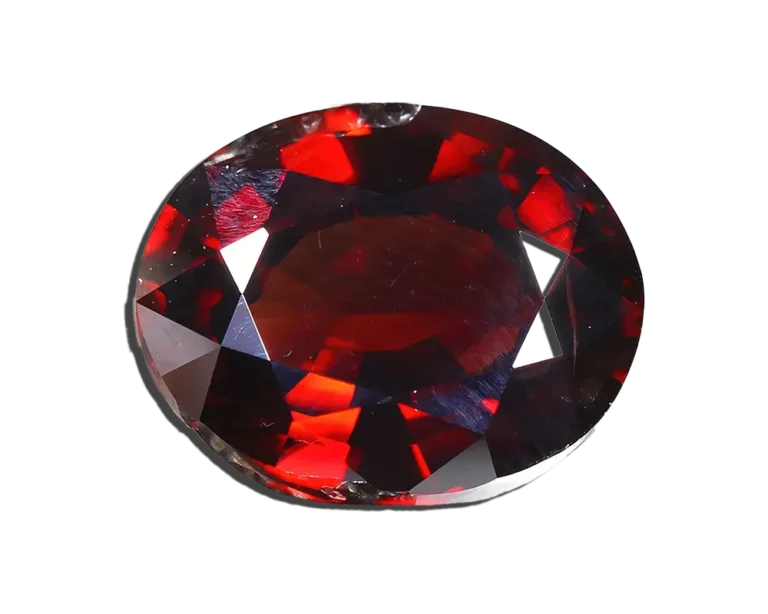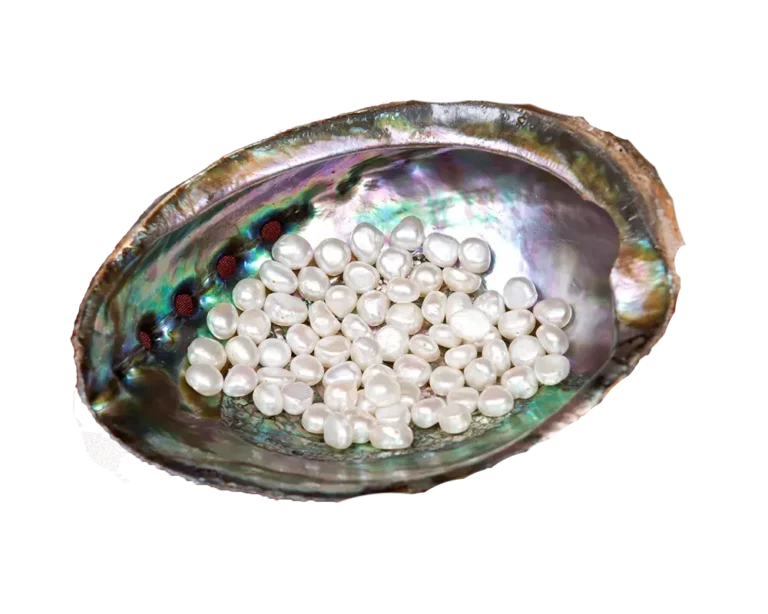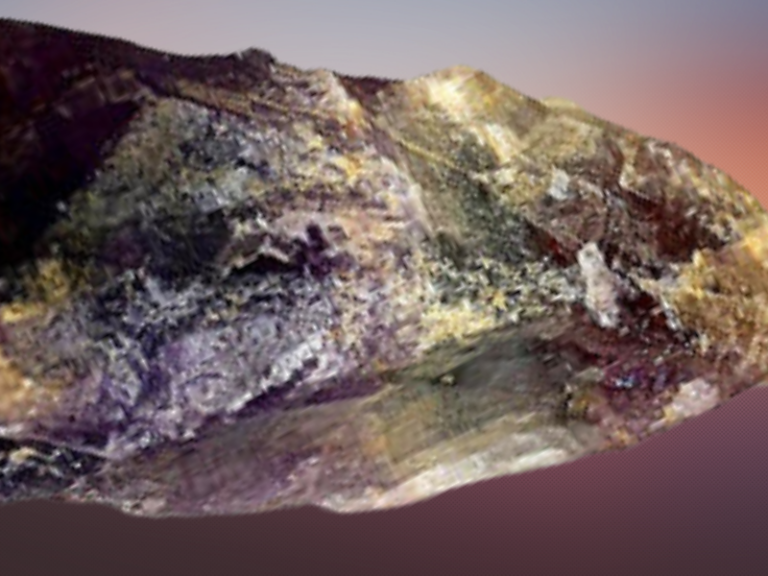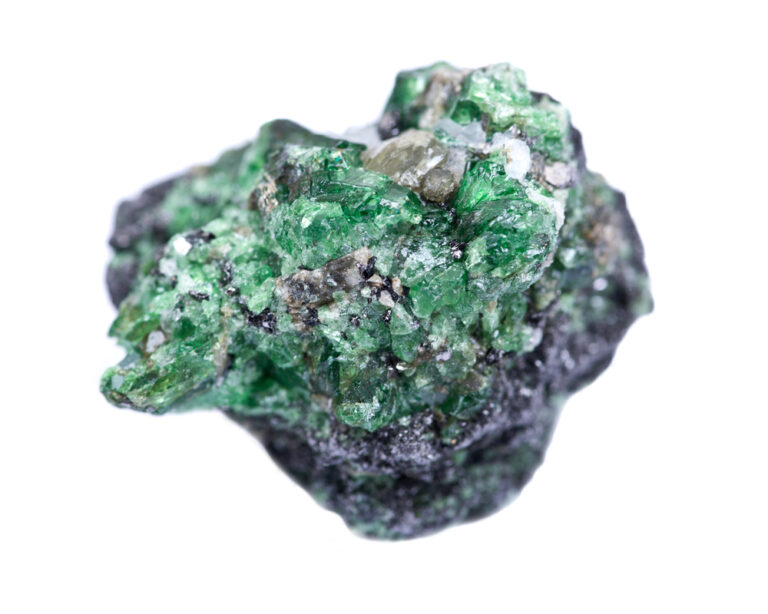Akoya Pearls: Properties, Benefits & Meanings
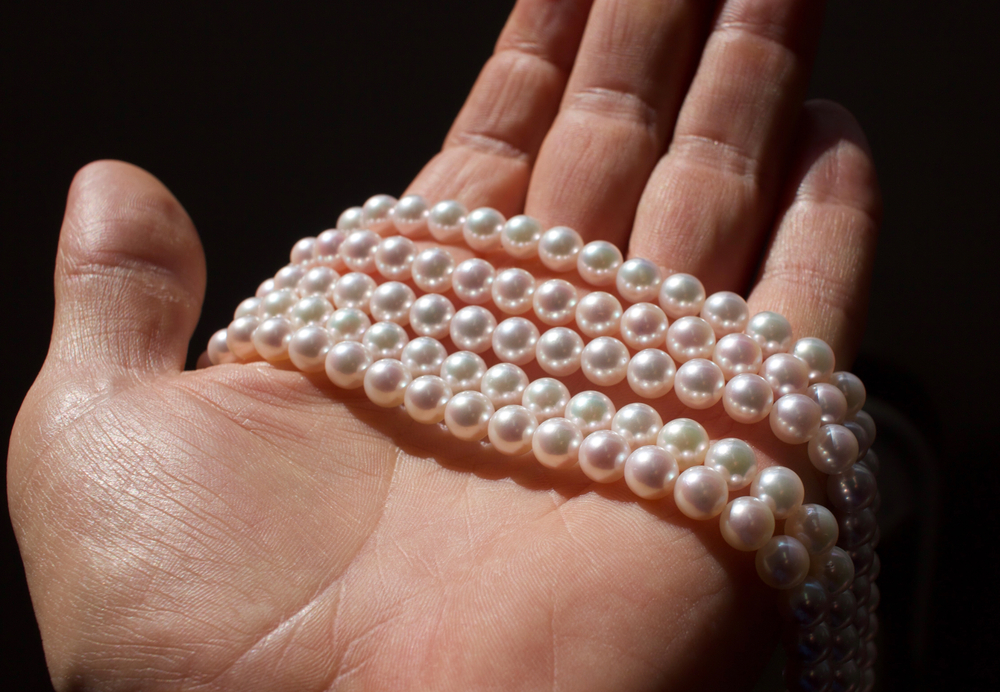
Akoya Pearls Overview
Akoya pearls are widely regarded as some of the most exquisite gems in the world. These lustrous, creamy-white pearls are prized for their unique and delicate beauty and remarkable durability. As a result, they are a favorite among rare stone lovers and jewelry enthusiasts.
But what exactly are Akoya pearls? Where do they come from, and what makes them so special? This post will explore everything you need to know about Akoya pearls, from their properties and benefits to their meanings and cultural significance.
What are Akoya Pearls?
Akoya pearls are a type of saltwater pearl that is primarily cultivated in Japan and China. These pearls are known for their characteristic round shape, creamy white color, and high luster. They are typically smaller than other saltwater pearls, ranging in size from 2 mm to 10 mm in diameter. They are often used in classic, elegant jewelry designs.
Akoya pearls are created by placing a small bead, typically made of mother-of-pearl, into the mantle tissue of an Akoya oyster. Over time, the oyster coats the bead with layers of nacre, forming a pearl. The cultivation process takes 10 to 18 months, and the resulting pearls are known for their uniformity, durability, and stunning beauty.
In the 1920s, Japanese pearl culturist Kokichi Mikimoto revolutionized jewelry design when he created the world’s first cultured pearl set. Over a century later, his legacy lives on through Japan-based Mikimoto – an industry leader producing exquisite Akoya pearls of unparalleled quality and beauty.
How are Akoya Pearls Formed?
Akoya pearls are formed through a process known as culturing. It begins by introducing a small bead made of mother-of-pearl into the mantle tissue of a live Akoya oyster. The oyster then secretes layers of nacre, which gradually build up around the bead, forming a pearl. The process typically takes 10 to 18 months, during which the oyster is carefully tended and monitored.
The resulting pearls are harvested by opening the oyster and removing the pearl. After that, it is cleaned, polished, and sorted according to size, shape, and luster. The quality of Akoya pearls can vary depending on several factors, including the oyster’s health, the quality of the water in which it was cultured, and the techniques used by the pearl farmer.
Physical Properties
| Color | White or cream-colored |
| Size | Typically ranges from 2 mm to 10 mm in diameter |
| Surface | Smooth, with few surface blemishes |
| Shape | Near-perfect round shape |
| Hardness (Mohs scale) | 2.5 – 4.5 |
| Refractive Index | 1.52 – 1.66 |
| Fracture | Conchoidal to uneven |
| Luster | High, bright, and reflective |
| Specific Gravity | 2.60 – 2.85 |
| Transparency | Opaque to translucent |
Akoya Pearls Characteristics
Akoya pearls are known for their distinctive characteristics, which set them apart from others. Here are some of the most notable traits:
- Color: The pearls are typically white or cream-colored with a soft, lustrous sheen.
- Size: These pearls are smaller than many other types, typically ranging from 2 mm to 10 mm in diameter.
- Shape: The pearls are known for their near-perfect round shape, which is a hallmark of their high quality and value.
- Luster: They are renowned for their bright, reflective shine, which is a result of their thick, uniform nacre coating.
- Durability: These pearls are some of the most durable, thanks to the thick nacre layer surrounding them.
- Uniformity: They are highly prized for their uniformity of shape, size, and color, which makes them ideal for use in elegant, classic jewelry designs.
- Cultivation location: These pearls are primarily cultivated in Japan and China, with Japanese pearls often considered the most valuable due to their consistently high quality.
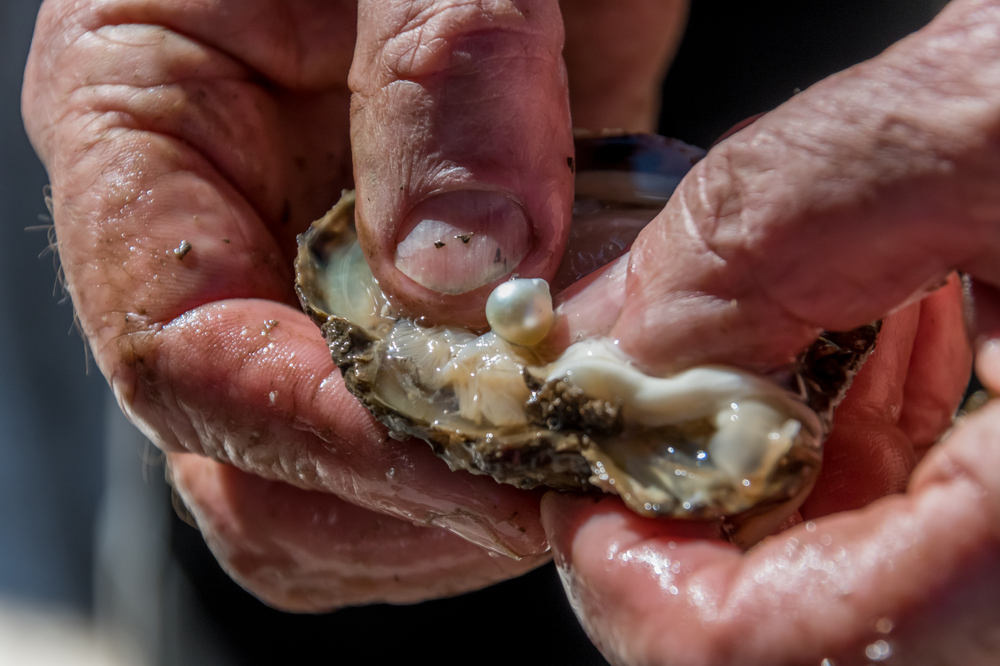
Etymology
The term “Akoya” comes from the Japanese word “Akoya-Gai,” which means “akoya shell.” This is because the pearls are typically cultivated in Akoya oysters, which are native to Japan and China.
Akoya Pearls Culturing Process
The culturing process for Akoya pearls involves implanting a small bead, typically made of mother-of-pearl, into the mantle tissue of a live Akoya oyster. Skilled pearl farmers generally carry out this process. First, they carefully select healthy oysters and introduce the beads with great care to avoid injuring them. The oyster then begins to coat the bead with layers of nacre. The nacre primarily comprises calcium carbonate secreted by the oyster’s mantle tissue. Over time, the nacre layers build up around the bead, forming a pearl. Again, the oyster is closely monitored and tended to ensure that it remains healthy and that the pearl develops properly.
After the pearl has been cultured for the appropriate time (usually between 10 to 18 months), the oyster is harvested by opening its shell and removing the pearl. The pearl is then cleaned, polished, and sorted according to its size, shape, luster, and other characteristics. The highest quality pearls are typically the most round, have the most uniform glow, and are free of blemishes. These pearls are then used to create fine jewelry, such as necklaces, earrings, and bracelets.

Where Are Akoya Pearls Cultured?
Akoya pearls are primarily cultured in Japan and China. However, they can also be found in other parts of the world. In Japan, the most well-known region for Akoya pearl cultivation is around the city of Nagoya, in the Aichi Prefecture. The waters around this region are particularly well-suited for pearl farming. These waters have relatively low salinity and temperature, which create ideal growing conditions for the oysters.
In China, these pearls are typically cultivated in the coastal waters off the southern part of the country, particularly in the Guangdong and Hainan Provinces. Countries where these pearls can be found include Vietnam, Australia, and Indonesia. However, Japanese pearls are often considered the most valuable due to their high-quality luster, roundness, and color.
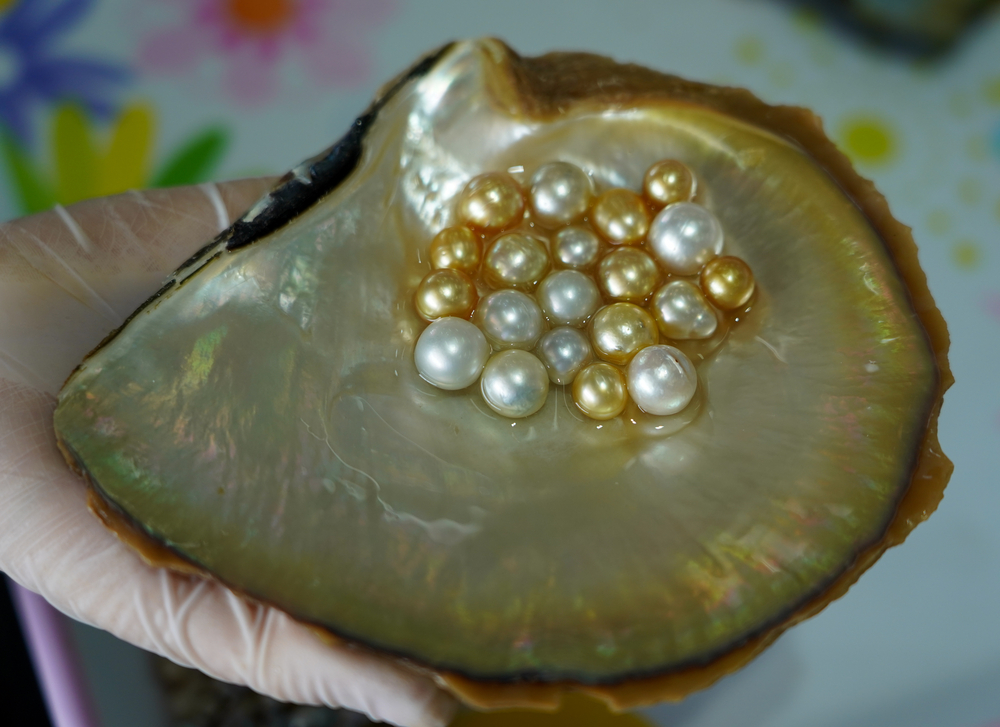
Akoya Pearls Appearance
Akoya pearls have a classic and timeless appearance, characterized by their round shape, high luster, and bright, reflective surface. They typically have a white or cream-colored body color. However, they can also have overtones of pink, silver, or green, which add to their unique beauty.
Akoya pearls are generally smaller than other types of pearls, with the average diameter ranging from 6mm to 8mm. However, some pearls can be as small as 2mm or as large as 10mm, depending on their growing conditions and how long they were left to develop.
In terms of shape, these pearls are highly prized for their nearly perfect roundness, resulting from their culturing process. However, they can also be found in other shapes, such as oval, button, and drop, adding to their visual appeal and versatility.
Four Major Types Of Cultured Pearls
There are four major types of cultured pearls, each of which is named after the type of mollusk that produces it. These include:
- Akoya Pearls: Cultured primarily in Japan and China, they are known for their near-perfect roundness, high luster, and classic white or cream color.
- Tahitian Pearls: Cultured in the waters around French Polynesia, Tahitian pearls are larger than Akoya pearls and come in various colors, including black, grey, and green. They are known for their unique, iridescent appearance and are often used in more contemporary jewelry designs.
- South Sea Pearls: Cultured in the warm waters of the South Pacific, South Sea pearls are the largest and most valuable of all cultured pearls. They come in various colors, from pure white to golden and even deep golden. Their large size and exceptional luster make them a popular choice for high-end jewelry.
- Freshwater Pearls: Cultured primarily in China, freshwater pearls are known for their unique, asymmetrical shapes and pastel colors, which range from white to pink, lavender, and peach. They are typically smaller than other types of pearls but are popular due to their affordability.
Types of Akoya Pearls
There are several types of Akoya pearls, which can vary in size, color, and quality. Here are some of the most common types:
- White Color Pearls: These are the most classic and traditional type of Akoya pearl, with a pure white body color and bright, mirror-like luster.
- Cream Color Pearls: Cream Akoya pearls have a slightly warmer tone than white pearls, with a creamy, off-white body color that can sometimes have subtle pink or yellow undertones.
- Rose Color Pearls: Rose Akoya pearls have a light pink hue that gives them a soft and feminine appearance. These pearls can range from very pale pink to deeper shades of rose.
- Silver Color Pearls: Silver Akoya pearls have a cool, silvery sheen that adds a modern and sophisticated touch to traditional pearl jewelry.
- Blue Color Pearls: Blue Akoya pearls are rare and highly sought after, with a unique, iridescent quality that can make them appear to shift in color as they catch the light.
- Akoya Keshi Pearls: Keshi pearls are small, irregularly shaped pearls that can form a byproduct of the pearl cultivation process. Akoya Keshi pearls are highly lustrous and come in a range of colors.

Akoya Pearls Value and Price
Several factors come into play when determining the value and price of these pearls. First, however, here are some general points to keep in mind:
- Size: Generally, larger pearls are more valuable than smaller ones, as they take longer to grow and are rarer.
- Shape: Round pearls are the most highly prized and typically command higher prices than pearls with irregular shapes, such as baroque or Keshi pearls.
- Surface: Pearls with a smooth, blemish-free surface are more valuable than visible marks, bumps, or irregularities.
- Color: White pearls are the most traditional and are typically more affordable than pearls with other body colors or overtones. Pearls with rare or highly desirable colors, such as silver, blue, or rose, can command higher prices.
Important factors that can affect the value and price of Akoya pearls include the quality and thickness of their nacre. Matching and uniformity in a strand, the location, techniques, and standards of pearl farming are other factors affecting the value.
How Can You Tell If Akoya Pearls Are Real?
There are several ways to tell if Akoya pearls are real or not, including:
- Rubbing test: Gently rub two pearls together. A small amount of pearl powder should be visible on their surfaces if they are real.
- Tooth test: Gently rub the pearl against the front of your teeth. Real pearls should feel slightly gritty or sandy, while fake pearls will feel smooth.
- Luster test: Examine the luster of the pearls under bright light. Real pearls will have a soft, subtle sheen that appears to emanate from within the pearl, while fake pearls may have a shiny surface that looks more like plastic or glass.
- Magnification test: Use a jeweler’s loupe or microscope to examine the surface of the pearl. Real pearls should have small, irregular surface imperfections and blemishes. At the same time, fake pearls may be too perfect or have visible seams.
- X-ray test: This is the most accurate test for determining whether a pearl is real. An X-ray can reveal the pearl’s internal structure and show whether it is composed of layers of nacre, a hallmark of real pearls.
Suppose you doubt the authenticity of your Akoya pearls. In that case, it’s always a good idea to take them to a professional jeweler or gemologist for evaluation. They can use specialized equipment and knowledge to give you a definitive answer and help you determine the value of your pearls.

What Do Akoya Pearls Symbolize?
Akoya pearls have long been associated with elegance, beauty, and refinement. In addition, in many cultures, pearls are considered to be symbols of purity, innocence, and wisdom. Here are some of the symbolic meanings that have been associated with Akoya pearls:
- Elegance and beauty: Akoya pearls are often seen as symbols of timeless beauty and understated elegance. Brides frequently wear them in formal settings to add a touch of sophistication and grace.
- Purity and innocence: Like all pearls, these are formed from a tiny irritant encased in layers of nacre. This process is seen as a symbol of purity and innocence. These pearls are often given as gifts to mark important life events such as weddings, graduations, or the birth of a child.
- Wisdom and spirituality: In many cultures, pearls are believed to have spiritual and healing properties. They promote inner understanding, calm, and balance and help the wearer connect with their higher self and spiritual guides.
- Prosperity and good luck: Some believe wearing pearls can bring good fortune and prosperity. In particular, pearls with a pink or golden hue are said to be especially lucky.
Akoya pearls are seen as symbols of grace, purity, and refinement. They make thoughtful and meaningful gifts for many different occasions.
Uses of Akoya Pearls
Akoya pearls are highly prized for their beauty, luster, and durability and are used in various jewelry and decorative applications. Here are some of the most common uses of Akoya pearls:
- Jewelry: The pearls are used to create a wide range of jewelry, from classic necklaces and earrings to more modern designs that incorporate pearls with other gemstones and metals. They are also used in engagement rings, wedding bands, and other special occasion jewelry.
- Decorative objects: The pearls are used to decorate a wide range of things, from watches and pens to picture frames and vases. They add a touch of elegance and luxury to any used item.
- Fashion accessories: These pearls are often used in fashion accessories such as handbags, shoes, and scarves. They can add a touch of sophistication and glamor to any outfit.
- Traditional ceremonies: In some cultures, these pearls are used in traditional ceremonies such as weddings, coming-of-age celebrations, and religious events. They are often seen as a symbol of purity, innocence, and good fortune.
Akoya pearls are highly versatile and can be used in many different applications. Their beauty and durability make them a highly prized and valued gemstone that many people around the world treasure.
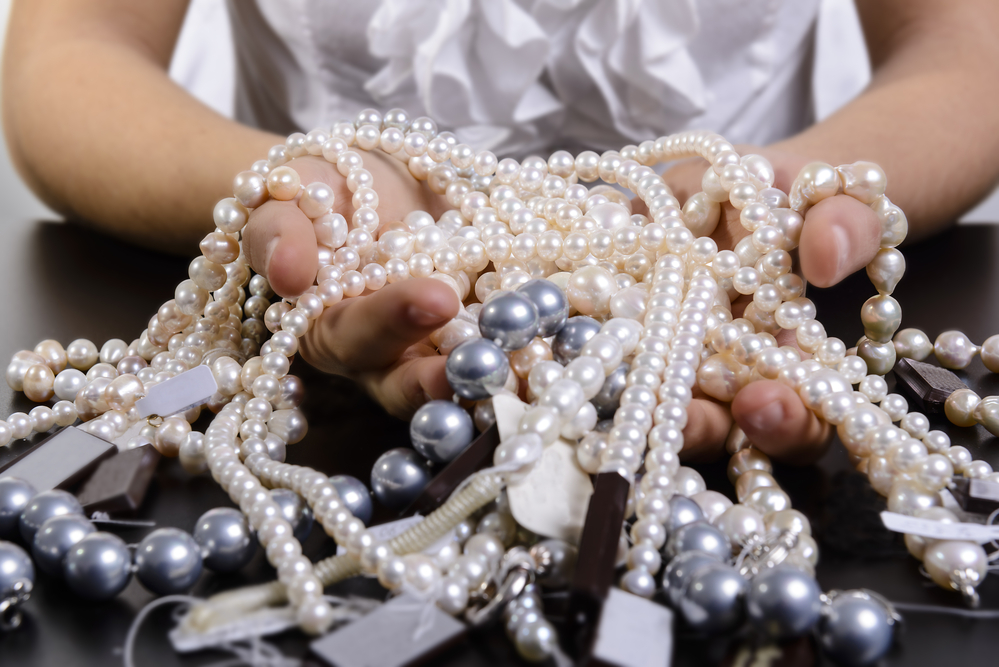
How To Take Care Of Akoya Pearls Jewelry?
Akoya pearls are beautiful and delicate gemstones that require special care to retain their luster and beauty over time. Here are some tips for taking care of Akoya pearl jewelry:
- Store carefully: The jewelry should be stored in a dry place, away from other objects that might scratch or damage them. A soft jewelry pouch or box is ideal for storage.
- Keep away from chemicals: Avoid exposure to harsh chemicals, including perfume, hairspray, and cleaning products. These can dull the luster of the pearls and cause damage over time.
- Clean gently: Clean your jewelry gently using a soft, damp cloth. Do not use abrasive or harsh cleaners, and avoid soaking the pearls in water or other liquids.
- Wear carefully: Avoid exposing it to extreme heat or cold when wearing Akoya pearl jewelry. Be careful not to hit or scratch the pearls against hard surfaces.
- Restring periodically: Over time, the string that holds Akoya pearls together may become worn or stretched. Get your Akoya pearl jewelry regularly restrung to ensure that the pearls are held securely and that the string is in good condition.
By following these simple care tips, you can help ensure that your Akoya pearl jewelry remains beautiful and lustrous for years to come.
FAQ
Are Akoya pearls more valuable than freshwater pearls?
Generally, yes. Akoya pearls are considered of higher quality than freshwater and are often more expensive.
Can Akoya pearls be dyed?
Yes, Akoya pearls can be dyed in various colors, including black, pink, and blue. However, naturally occurring Akoya pearls are white or cream-colored, so it is important to be aware of any treatments or modifications that may have been applied to a pearl before purchasing.
How can I tell if an Akoya pearl is of good quality?
When evaluating an Akoya pearl, look for a bright, lustrous surface with a smooth, unblemished surface. The pearl should also be round and well-matched in size and color to the other pearls in a piece of jewelry. A high-quality Akoya pearl will also have a thick nacre coating, indicating that it has been grown for longer.
Can Akoya pearls be worn every day?
Yes, Akoya pearls can be worn daily, but they should be cared for properly to ensure they remain in good condition. Be sure to store them carefully, avoid exposing them to harsh chemicals or extreme temperatures, and have them restrung periodically to ensure that the string is in good condition.


